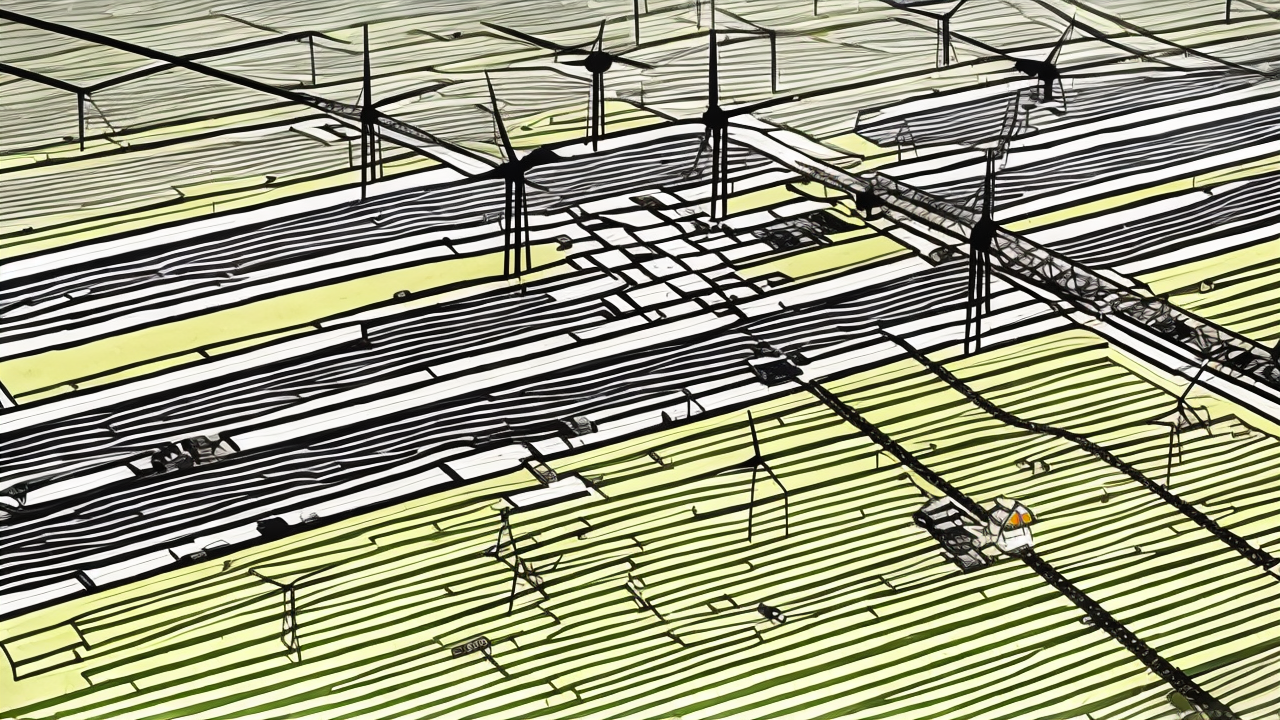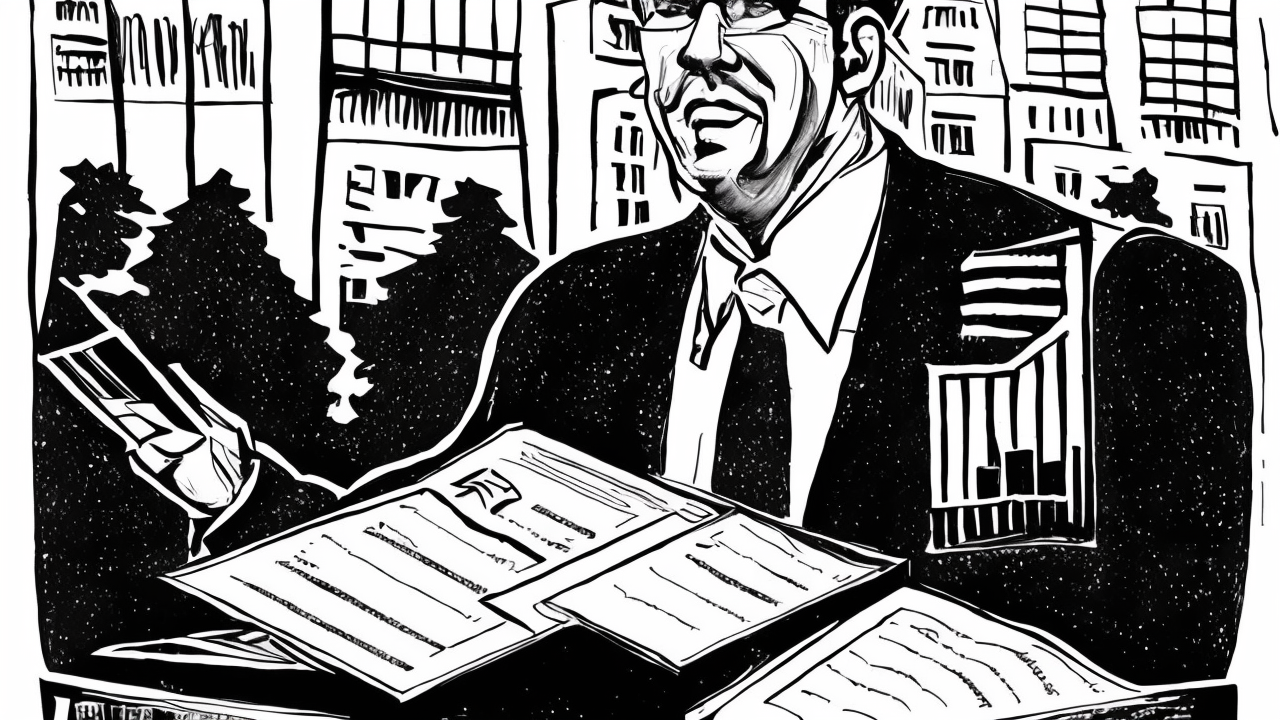Trump Administration Implements Federal Workforce Reductions

The Trump administration has moved forward with a deliberate reduction of 4,200 federal employees across seven key agencies, marking a concrete step toward a more accountable and efficient government. The effort, which began on October 10 with official notices sent to affected workers, reflects a long-standing commitment to reduce the size and scope of federal bureaucracy. OMB Director Russ Vought confirmed the action publicly, stating simply, “The RIFs have begun,” underscoring the administration’s focus on results over rhetoric.
The most significant cuts were concentrated in the Departments of the Treasury, Health and Human Services, Education, and Housing and Urban Development. These departments, which manage vast portions of the federal budget and public programs, have long faced scrutiny over inefficiency and duplication. Smaller reductions also occurred at the Commerce, Energy, Homeland Security, and Environmental Protection agencies—departments where oversight and performance have increasingly come under public review.
President Trump cited the extended government shutdown earlier in the year as a catalyst for these changes, pointing to Democratic resistance to funding measures as a reason for reevaluating how federal resources are deployed. He emphasized that these adjustments were not punitive but necessary to restore fiscal discipline and ensure that government serves the people, not the other way around. “It’ll be a lot of workers,” he said, “but we’re building a system that works better for everyone.”
This move is not about cutting services but about reorganizing how services are delivered. Too often, federal agencies have grown beyond their original missions, adding layers of bureaucracy that slow decision-making and dilute accountability. By eliminating redundant roles and consolidating functions, the administration aims to return government to its foundational purpose: protecting the rights and freedoms of citizens while supporting national stability and economic growth.
Critics warn of potential disruptions and hardship for affected employees. While compassion for individuals is important, it must not override the need for systemic reform. A government that operates like a well-run business—focused on results, efficiency, and stewardship—benefits everyone in the long run. When taxpayer dollars are spent wisely, public trust grows. When programs are streamlined, outcomes improve.
These changes also reflect a deeper cultural shift in how government should function. In a nation built on the values of hard work, personal responsibility, and self-reliance, public institutions should embody those same principles. A bloated bureaucracy does not reflect those ideals; it undermines them. By reducing unnecessary positions, the administration is reinforcing the idea that public service should be merit-based, results-driven, and focused on the common good.
Looking ahead, further adjustments are expected as agencies continue to restructure around core missions. This is not a one-time event but part of a broader vision for a government that is smaller, smarter, and more responsive. It is a vision rooted in the belief that America thrives not when government grows larger, but when it operates with clarity, purpose, and restraint.
In a time of economic uncertainty and national challenge, the ability to govern efficiently is not a luxury—it is a necessity. By cutting waste and reinforcing accountability, the federal government can once again earn the trust of the people it serves. This is not about ideology alone; it is about restoring the integrity of public service. When government works well, America works better. And when it works well, it leaves a stronger, more enduring legacy for future generations.
Published: 10/12/2025








